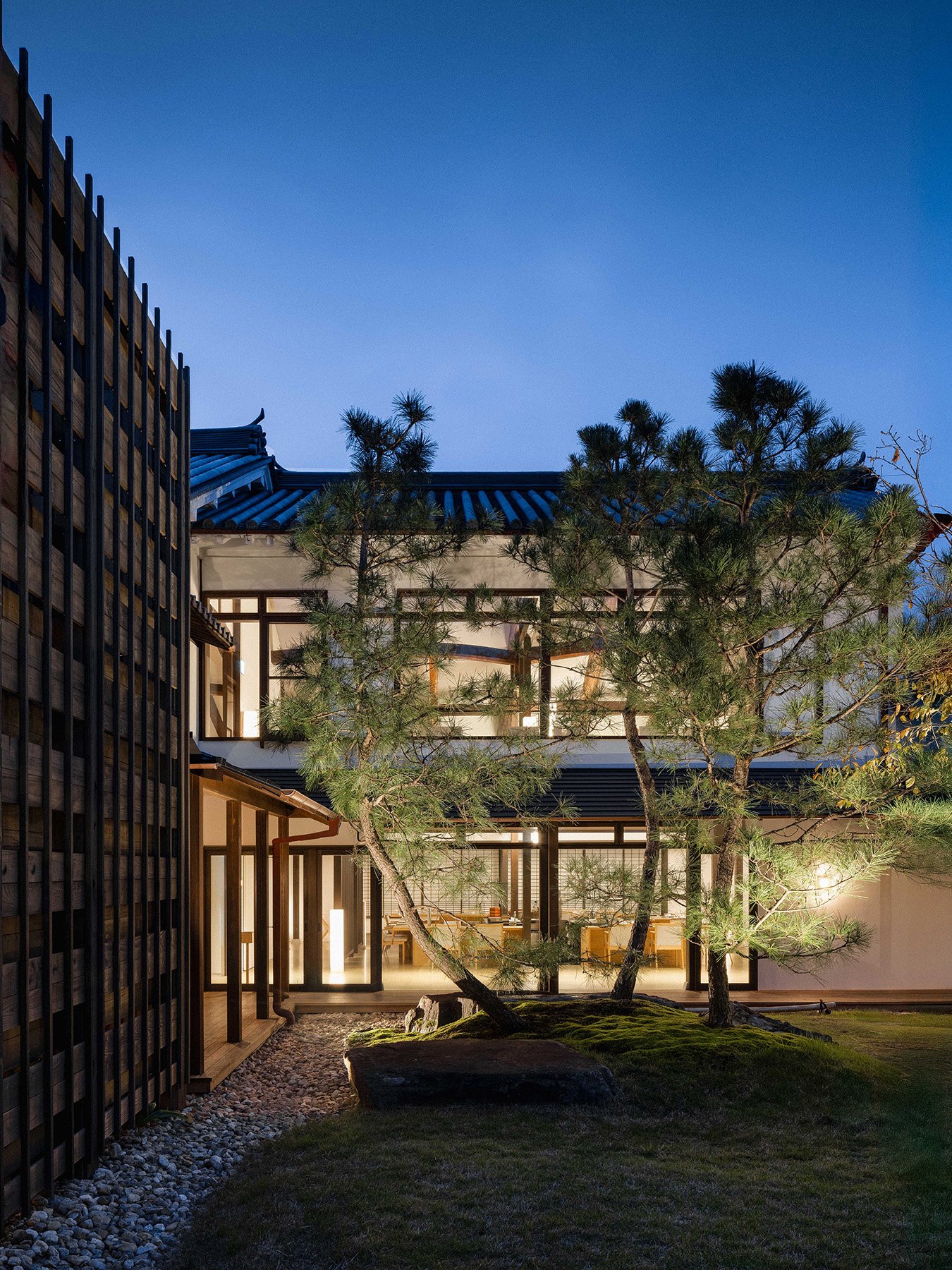Neighbourhood Watch: How to Spend a Day in Kuramae, Tokyo
Across the water from Ryogoku, where you’ll find the distinctive sumo wrestlers who compete at Kokugikan, Tokyo’s sumo stadium, lies the neighbourhood of Kuramae. An old district close to the more popular Asakusa and the skyscraping Tokyo Skytree, Kuramae is one of many lesser-known Tokyo neighbourhoods worth discovering. Still a centre for artisans making crafts of all kinds, the neighbourhood’s original warehouses have been turned into design hubs, shops and cafes, and Kuramae is alive with workshops and studios that have only become trendier as time goes on. For visitors, this pint-sized area with the beautiful Sumida River on one side is easy to explore on foot and great for escaping the crowds.
Mizusai
Just a short walk from Kuramae Station on the third floor of the Kobayashi Building is Mizusai, a craft shop and gallery where ceramics are the main attraction. Inside, the minimalist interiors showcase a mix of sculptures and other work by up-and-coming artists from across Japan, carefully selected by the two female owners. It also hosts a variety of exhibitions and events, with some permanent works and products on sale at the store, although they also have a webshop where you can browse the art.
Looking for more? Escape the city and Explore 6 Easy Day Trips from Tokyo
Nakamura Tea Life Store
For a dose of heritage, head to Nakamura Tea Life Store, an outpost of the Nakamura Tea Farm in Shizuoka where the Nakamura family has been growing tea for four generations. This shop sells organic produce, including organic tea leaves grown and harvested in Shizuoka, with varieties ranging from classic sencha (green tea) to hojicha (roasted green tea) and kocha (black tea). To help visitors understand the taste and importance of tea ceremonies and traditions, staff pour tea for visitors in the store. It also sells a beautiful selection of teaware, such as teapots and spoons, offering the chance to learn about the different tea varieties and take home an authentic Japanese souvenir.
Discover lesser-known destinations, bucket list experiences and unique hotels in my brand new guidebook, Views from Japan.
Ryogoku Kokugikan Sumo Arena
Sumo wrestling is one of Japan’s most iconic sports, involving skills such as strength, wits and finesse. The Ryogoku Kokugikan Sumo Arena houses 11,000 seats and is at the heart of the sport, hosting three major tournaments per year. It’s worth getting tickets if you’re lucky enough to be in town, although the stadium is just as fascinating to visit when it’s empty. The stadium, which is only the fourth sumo stadium built in Japan, is located in Ryogoku, which is also rich in sumo culture and home to sumo-themed attractions and sumo stables, where wrestlers live and train. The on-site museum provides a further taste of the stadium’s rich history, with art and paraphernalia on display.
Sumida Hokusai Museum
Beyond its striking aluminium façade, the Sumida Hokusai Museum is dedicated to the life and work of ukiyo-e artist Katsushika Hokusai, often known just as Hokusai. The museum explores Hokusai’s links to the local area, shining new light on his famous woodblock prints in the Aurora permanent exhibition on the fourth floor, which is also packed with more of his artwork, videos and information. There are also ever-changing temporary exhibitions featuring Hokusai’s original works, which are displayed in the museum’s unique interiors along with a model version of Hokusai’s studio. On the first floor, you can find a small shop and library with Japanese and English books on art and Hokusai.
Discover more unique experiences across Tokyo in my brand new eguide series, 50 Things to Do in Tokyo.
Yuwaeru
Blending healthy living with Japan’s ancient food culture, Yuwaeru is a restaurant and deli famous for its wholesome nekase-genmai rice, a type of cooked brown rice which is left to sit for a few days before being eaten. The restaurant bustles through lunch and dinner, while the adjacent grocery store stocks natural ingredients and kitchen essentials, including spices and classic Japanese snack food. The store opened to encourage people to live healthier, as nekase-genmai rice is packed with nutritional value, and they also offer cooking classes for learning to cook the rice at home and rice planting classes.
Looking for somewhere to stay? Here’s a list of my favourite hotels in Kuramae.
Getting Around
The best way to get around Kuramae is undoubtedly on foot, given its small size. The district is within walking distance of the tourist-filled Asakusa, making it easy to combine the areas, while the eastern side of Kuramae runs along the Sumida River, which offers scenic views. It has two main stations, Kuramae Station on the Asakusa Subway Line and Kuramae Station on the Oedo Subway Line, which, despite being just a few hundred metres apart, are not connected underground, however both offer handy connections to the rest of Tokyo.
Affiliate Disclosure: Please note this post may contain affiliate links. By purchasing via these links, I may earn a small commission at no additional cost to you. It’s a big help to keep this site up and running and I only promote products and services that I personally use and trust. Thanks!
Bored of seeing the same recommendations for over-crowded locations in Japan?
For the design-conscious, culturally curious and forward-thinking travellers amongst us, Views from Japan is a brand new travel guidebook that gives you all the tools you need to unlock remote destinations, delve into unique cultural experiences and discover lesser-known neighbourhoods, without spending hours trawling the web or following generic itineraries.
















